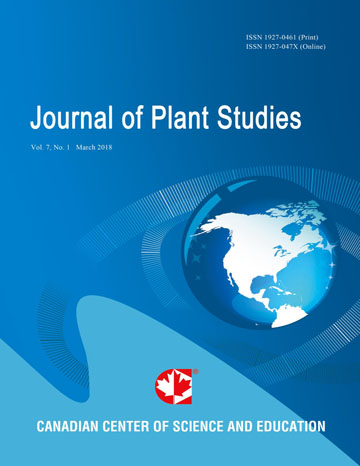New Factors for Protoplast-Callose-Fiber Formation in Salt-Tolerant Mangrove Plants, Avicennia alba and Bruguiera sexangula and Analysis of Fiber Substructures
- Asami Kurita-Tashiro
- Noriko Hayashi
- Tomoya Oyanagi
- Hamako Sasamoto
Abstract
Elongated and spiral β-1,3-glucan (callose) fibers were obtained by new factors from protoplasts cultured in liquid medium from suspension cultured cells of two salt-tolerant mangrove species; Avicennia alba and Bruguiera sexangula. Differences in salt factor for protoplast-fiber formation were compared with those of the callose fibers developed from protoplasts of non-mangrove tree plants, Larix leptolepis and Betula platyphylla, which high concentrations of divalent cations, Mg2+ (50 mM) or Ca2+ (100 mM), were stimulatory. In the halophilic A. alba protoplasts, whose cell division was stimulated by up to 400 mM NaCl, addition of Mg2+, Ca2+, K+ ions inhibited protoplast-fiber formation. In B. sexangula, protoplast-fibers were rapidly and efficiently formed only by another new factor, electric cell fusion treatment of protoplasts. Spiral fibers developed from mangrove protoplasts were detected under an inverted microscope, and their specific blue-green color for callose after staining with Aniline Blue dye was detected under a fluorescence microscope. Enzymatic certification of callose was further performed with laminarinase, specific for callose, in comparison with cellulase CBH1, specific for cellulose. Differences in sub-structures, fibrils and sub-fibrils of two mangrove protoplast-fibers were analyzed using laser confocal scanning microscopy, atomic force microscopy and image J analysis. Tube-like fine structure was observed using transmission electron microscopy in single protoplast-fiber of B. sexangula selected with a micromanipulator.
- Full Text:
 PDF
PDF
- DOI:10.5539/jps.v9n2p1
Index
- AGRICOLA
- CAB Abstracts
- CABI
- CAS (American Chemical Society)
- CNKI Scholar
- Elektronische Zeitschriftenbibliothek (EZB)
- Excellence in Research for Australia (ERA)
- Google Scholar
- JournalTOCs
- Mendeley
- Open policy finder
- Scilit
- Standard Periodical Directory
- Technische Informationsbibliothek (TIB)
- WorldCat
Contact
- Joan LeeEditorial Assistant
- jps@ccsenet.org
